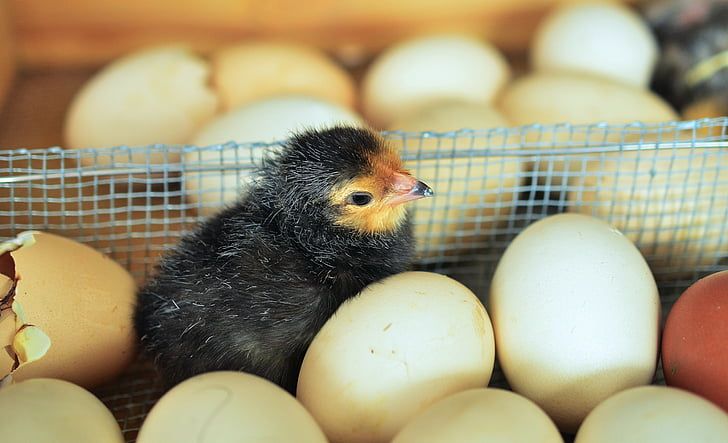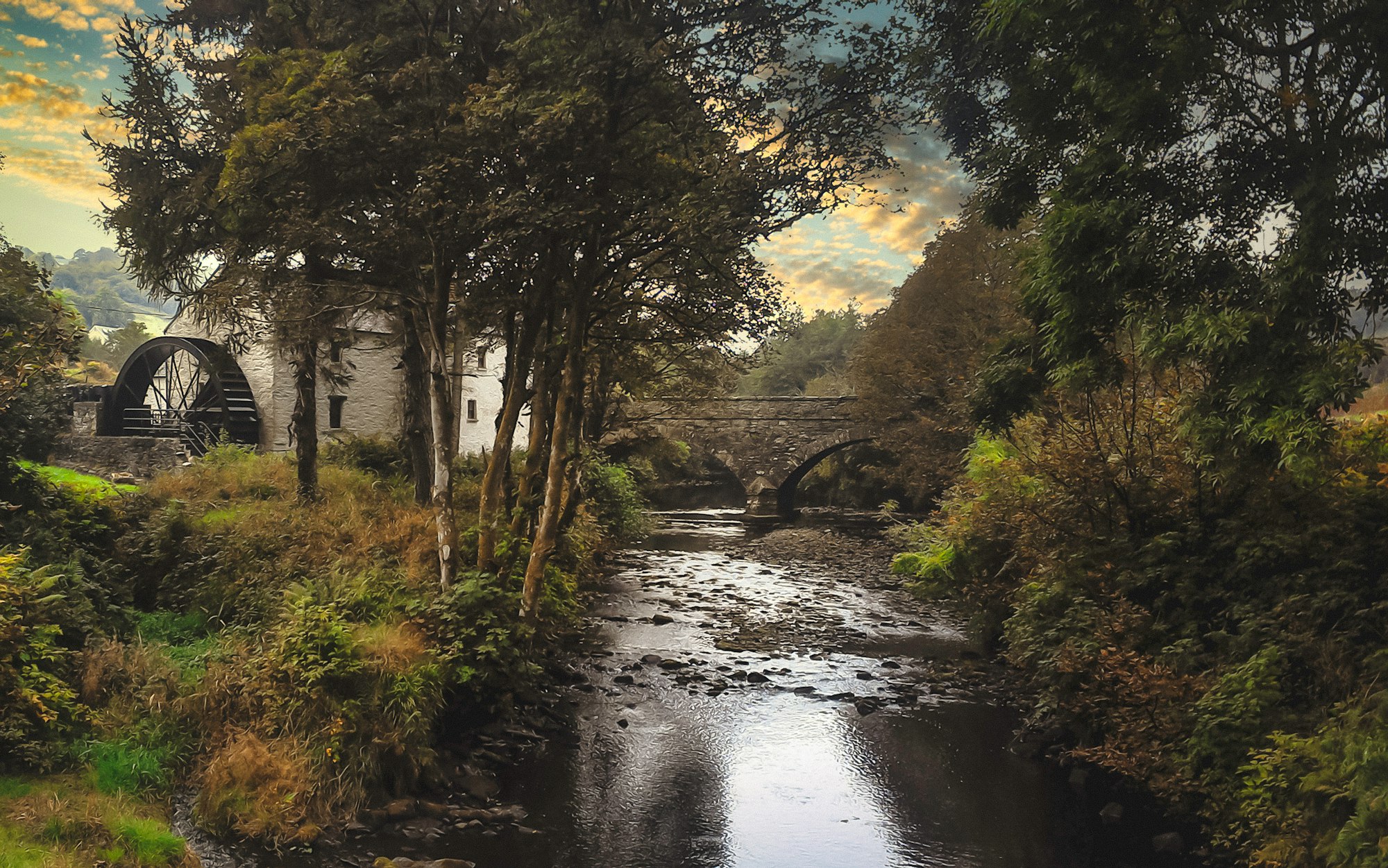X: Hatchery
The remarkable achievements of Louella Cable.

Good morning. Today is décadi, the 10th of Germinal, Year CCXXXI. We celebrate les couvoir, places where humans collect eggs and it's different from what foxes do, we swear.
While the hatcheries Fabre d'Eglantine had in mind were most certainly poultry, and chicken hatcheries are still the backbone of the enormous poultry farming industry in the United States, the hatcheries that receive the most attention, controversy, and direct management by the US government have to do with fish.
Long before any of Teddy Roosevelt's infamous conservation efforts kicked off to set aside federal land for recreation and preservation, the US government founded a fish hatchery system. This took place in LXXIX (1871), under President Ulysses S. Grant, after a congressman from Massachusetts named Dawes became concerned about reports that fish were declining all over. He, of course, met with derision and resistance by the radical right for his attempt to simply study the problem.



